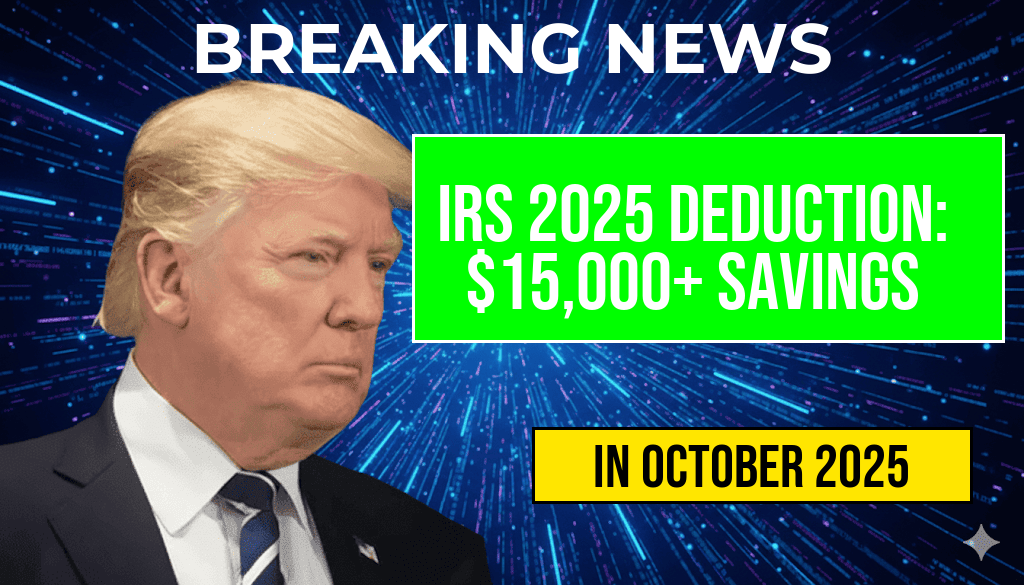The Internal Revenue Service (IRS) has announced significant inflation adjustments for the 2025 tax year, notably increasing the standard deduction for single filers to over $15,000. This adjustment could lead to substantial tax savings, potentially exceeding $1,650 depending on an individual’s tax rate. As inflation continues to influence financial planning, understanding these changes is crucial for taxpayers aiming to optimize deductions and reduce liabilities. The updated figures reflect the IRS’s ongoing efforts to align tax brackets and deductions with current economic conditions, ensuring taxpayers are not penalized by inflationary erosion of their deductions. With these adjustments, many single filers may find themselves in more advantageous tax positions, especially if they leverage the higher standard deduction and related credits effectively.
Understanding the Inflation Adjustment for 2025
The IRS annually revises key tax parameters to account for inflation, preventing bracket creep and preserving the real value of deductions. For 2025, the standard deduction for single filers will rise to $15,100, surpassing the previous year’s figure of $13,850. This increase means individuals can deduct a larger portion of their income before owing taxes, reducing their taxable income and overall tax bill.
In addition to the standard deduction, other tax provisions are also adjusted, including the income brackets for various tax rates and phase-out thresholds for credits and deductions. These inflation adjustments are based on the Consumer Price Index (CPI), which measures the average change in prices paid by consumers over time.
Potential Tax Savings for Single Filers
Tax savings depend heavily on a filer’s income level and marginal tax rate. For example, a single taxpayer earning $70,000 annually could see their taxable income reduced by the full $15,100 standard deduction, potentially lowering their tax liability significantly. To illustrate the potential savings:
| Tax Rate | Tax Savings |
|---|---|
| 22% | $3,322 |
| 24% | $3,624 |
| 32% | $4,832 |
| 35% | $5,285 |
| 37% | $5,587 |
Based on current tax brackets, the maximum savings could reach over $1,650 for taxpayers in the 22% tax bracket, with higher savings possible for those in higher brackets. This underscores the importance of maximizing deductions and understanding how inflation adjustments influence tax liabilities.
Factors Influencing the Actual Savings
Tax Rate and Income Level
The actual dollar amount saved depends on an individual’s marginal tax rate. Higher earners in the 35% or 37% brackets will realize greater dollar savings from the increased standard deduction compared to those in lower brackets. Conversely, taxpayers in lower brackets might see less immediate benefit but can still benefit from reduced taxable income.
Itemized Deductions vs. Standard Deduction
Taxpayers who itemize deductions, such as mortgage interest or charitable contributions, may find that the increased standard deduction makes itemizing less advantageous unless their itemized deductions exceed the new threshold. It is advisable to review each year’s deductions to determine the most beneficial approach.
Additional Adjustments and Considerations
- Child Tax Credits and Other Benefits: Inflation adjustments also impact credits like the Child Tax Credit and Earned Income Tax Credit, potentially increasing benefits for eligible families and workers.
- Retirement Contributions: The contribution limits for retirement accounts, such as IRAs and 401(k)s, are also adjusted annually to reflect inflation, influencing long-term savings strategies.
- State Tax Implications: State income tax systems may or may not conform to federal adjustments, so taxpayers should review specific state guidelines for potential additional benefits.
Resources for Taxpayers
Taxpayers interested in more details about the 2025 inflation adjustments can consult the official IRS publications, which offer comprehensive guidance on updated thresholds and deductions. Additionally, reputable financial news outlets and tax advisory firms often provide analysis to help taxpayers plan effectively for the upcoming tax year.
For a broader understanding of how inflation influences the tax landscape, resources like Wikipedia’s Inflation article and Forbes’ tax analysis are valuable references.
Frequently Asked Questions
What is the IRS inflation adjustment for singles in 2025?
The IRS inflation adjustment for 2025 allows single filers to deduct over $15,000, providing significant tax savings based on their tax rate.
How much can singles potentially save in taxes in 2025?
Depending on their tax bracket, singles could save $1,650 or more in taxes by taking advantage of the increased deduction.
What factors influence the amount of tax savings for singles?
The tax rate and the specific deduction amount a single taxpayer qualifies for are key factors determining the total tax savings.
When does the IRS inflation adjustment take effect?
The adjustment applies to tax year 2025, meaning taxpayers can plan to maximize their deductions and savings when filing their 2025 returns.
How can singles ensure they maximize their tax benefits in 2025?
By staying informed about the inflation adjustments and consulting with a tax professional, singles can optimize their deductions and potentially increase their tax savings.






